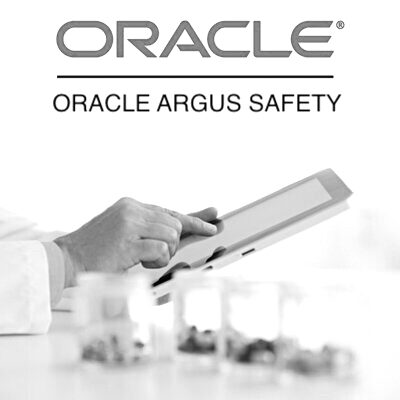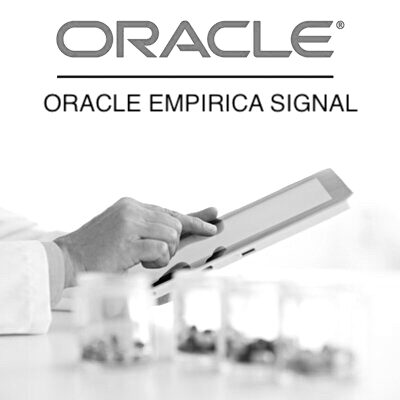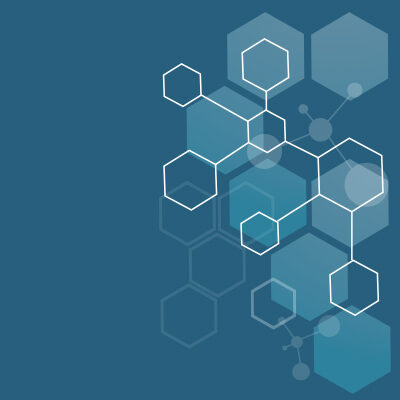Is pharmacovigilance in demand?
Table of Contents
Exploring the Demand for Pharmacovigilance: A Critical Analysis
In the intricate world of pharmaceuticals, where every drug brings hope for better health outcomes, ensuring safety remains paramount. This responsibility falls under the domain of pharmacovigilance, a discipline dedicated to the detection, assessment, understanding, and prevention of adverse effects or any other drug-related problems. In recent years, the importance of pharmacovigilance has gained significant traction, raising the question: Is pharmacovigilance in demand?
To grasp the dynamics of pharmacovigilance’s demand, it’s essential to examine the factors driving its prominence. One such factor is the escalating complexity of drug development and approval processes. With advancements in biotechnology, pharmaceutical companies are producing a plethora of novel compounds, leading to an expanded drug market. This expansion necessitates robust pharmacovigilance mechanisms to monitor and evaluate the safety profiles of these compounds throughout their lifecycle.
Moreover, the evolving regulatory landscape adds another layer of demand for pharmacovigilance. Regulatory agencies worldwide are imposing stringent requirements for drug safety monitoring, mandating pharmaceutical companies to implement comprehensive pharmacovigilance systems. Non-compliance can result in severe penalties and tarnished reputations, incentivizing firms to prioritize pharmacovigilance efforts.
Furthermore, the rise of social media and digital platforms has revolutionized how adverse drug reactions are reported and disseminated. Patients now have unprecedented access to information and forums to share their experiences, amplifying the need for pharmacovigilance to monitor these channels effectively. Failure to address adverse events reported on such platforms can quickly escalate into public relations crises, underscoring the importance of robust pharmacovigilance strategies.
The globalization of pharmaceutical markets is yet another factor contributing to the demand for pharmacovigilance. As drugs reach diverse populations worldwide, variations in genetic predispositions, environmental factors, and healthcare practices can influence their safety profiles. Consequently, pharmacovigilance programs must be tailored to accommodate these differences, requiring specialized knowledge and expertise.
In addition to external factors, internal industry dynamics also fuel the demand for pharmacovigilance. Pharmaceutical companies are increasingly recognizing the business value of proactive risk management. Investing in pharmacovigilance not only mitigates the potential financial losses associated with product recalls or litigation but also fosters trust and loyalty among healthcare professionals and consumers.
Moreover, the emergence of innovative therapies, such as gene therapies and immunotherapies, poses unique safety challenges that demand vigilant monitoring. These therapies often have complex mechanisms of action and may elicit unforeseen adverse effects, emphasizing the need for sophisticated pharmacovigilance strategies.
However, despite the evident demand for pharmacovigilance, the field faces several challenges that could impact its growth trajectory. One such challenge is the shortage of skilled professionals equipped with the specialized knowledge required for pharmacovigilance roles. As the field becomes increasingly complex, there is a growing need for professionals with expertise in pharmacology, epidemiology, data analysis, and regulatory affairs.
Moreover, the reliance on outdated pharmacovigilance systems and processes hampers efficiency and effectiveness. Many companies still rely on manual methods for adverse event reporting and signal detection, leading to delays in identifying emerging safety concerns. Embracing innovative technologies such as artificial intelligence and machine learning can enhance the scalability and predictive capabilities of pharmacovigilance systems, enabling proactive risk mitigation.
Furthermore, there is a pressing need for harmonization and standardization of pharmacovigilance practices across global jurisdictions. Divergent regulatory requirements and reporting systems create inefficiencies and inconsistencies, hindering the seamless exchange of safety information. Collaborative efforts among regulatory agencies, industry stakeholders, and academia are essential to establish common frameworks and best practices for pharmacovigilance.
Despite these challenges, the outlook for pharmacovigilance remains promising, driven by the imperative to safeguard patient safety in an increasingly complex healthcare landscape. As the demand for pharmacovigilance continues to grow, stakeholders must prioritize investments in talent development, technology adoption, and regulatory harmonization to ensure the field’s sustained evolution and effectiveness.
In conclusion, pharmacovigilance is indeed in high demand, propelled by factors such as the complexity of drug development, evolving regulations, digital transformation, globalization, and the pursuit of proactive risk management. While challenges persist, the imperative to prioritize patient safety underscores the critical role of pharmacovigilance in shaping the future of healthcare. By addressing these challenges and embracing innovation, stakeholders can effectively meet the growing demand for pharmacovigilance and contribute to improved health outcomes worldwide.
You may be interested in…
-
 eLearning + software
eLearning + softwareOracle Argus Safety Essentials
$599.00 -
 eLearning + software
eLearning + softwareOracle Argus Safety Essentials + Console
$799.00 -
 Live Online
Live OnlineOracle Argus Safety – Live Online
$999.00 -
 Live Online
Live OnlineOracle Argus Safety + Console – Live Online
$999.00 -
 eLearning + software
eLearning + softwareOracle Empirica Signal
$599.00 -
 Live Online
Live OnlineOracle Empirica Signal – Live Online
$999.00 -
 eLearning + software
eLearning + softwareDiploma in Pharmacovigilance
$799.00 -
 eLearning + software
eLearning + softwareArgus Safety – Business Configuration and Administration
$599.00

